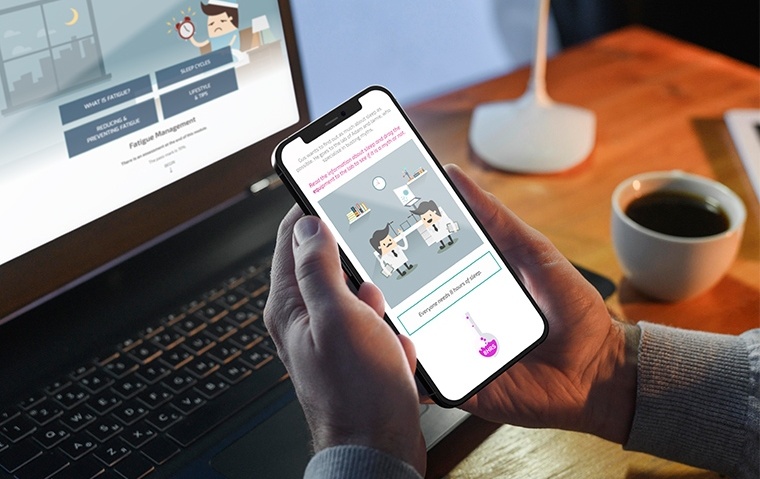Multi-device learning

A couple of weeks ago Google made a very specific prediction. That on 4 December 2014 we’ll see 50% of all searches being made on a mobile device.
That’s an impressive bit of crystal ball gazing and we’ll have to wait and see if they get the right 24 hour period, but there’s no doubt that we’re continuing to use our phones more and more.
And with this, the way we use elearning has changed. No longer is it simply a desktop activity - as our use of smartphones and tablets has increased, so we want to be able to access our learning on these devices too.
However, the way we use devices differs depending on the size. Google carried out some research in 2012 into the length of time we spend on each and concluded that the smaller the size, the less time is spent on each interaction.
So when we’re thinking about elearning we need to consider not just the devices it should work on, but how learners interact with them.
When delivering multi-device learning via a smartphone we want it to be short and not too complex. ‘Just-in-time’ elearning that users can refer to quickly, to brush up on key knowledge and skills or gain a specific insight into a particular subject.
In contrast, elearning delivered via a desktop PC can take more time, be more complex and go deeper into the subject matter. ‘Just-in-case’ elearning with more detail that prepares learners for a particular scenario or deals with complicated issues.
For example, the launch of a new sales campaign could be covered via mobile learning. Staff already know and understand the product and their customers and are simply learning new key messages, while brushing up on existing knowledge.
However the launch of a completely new product would require more in-depth elearning to ensure all the key information was absorbed; that learners understood the features of the product and the customer benefits. Users would be more likely to access this longer course from a desktop computer, rather than on the go.
So while it’s always important to think about the different technologies available for elearning delivery, there isn’t necessarily a ‘one size fits all’ solution. It’s crucial to consider the best method for distributing specific messages and whether the length of content is appropriate for the device.
Author: Emma Clark, Marketing Manager at Sponge.